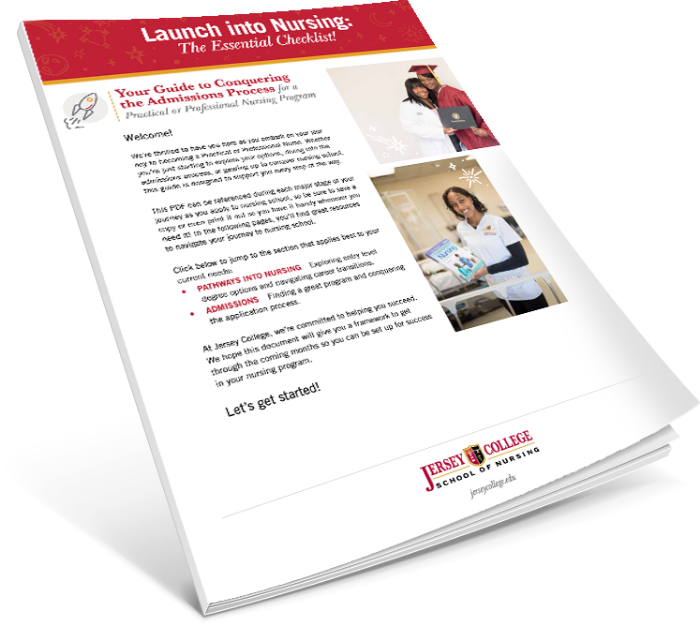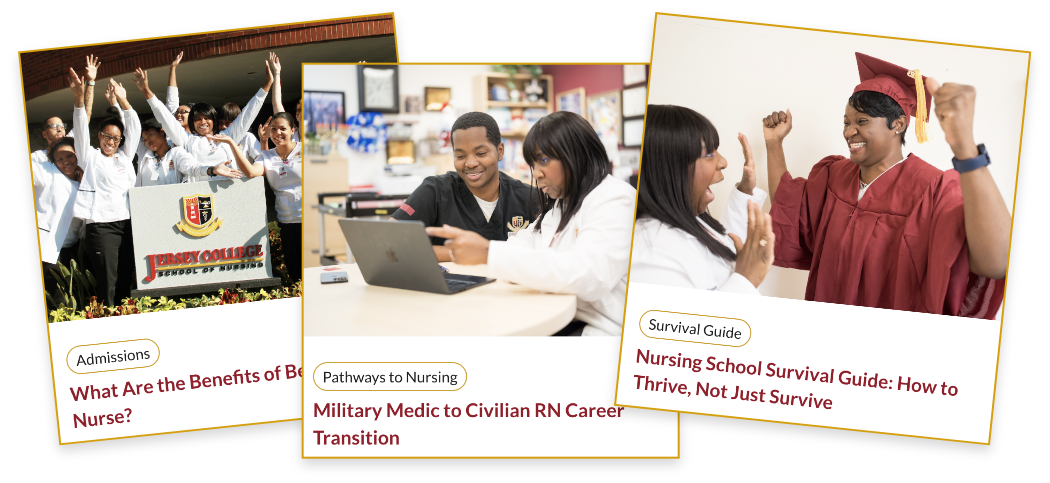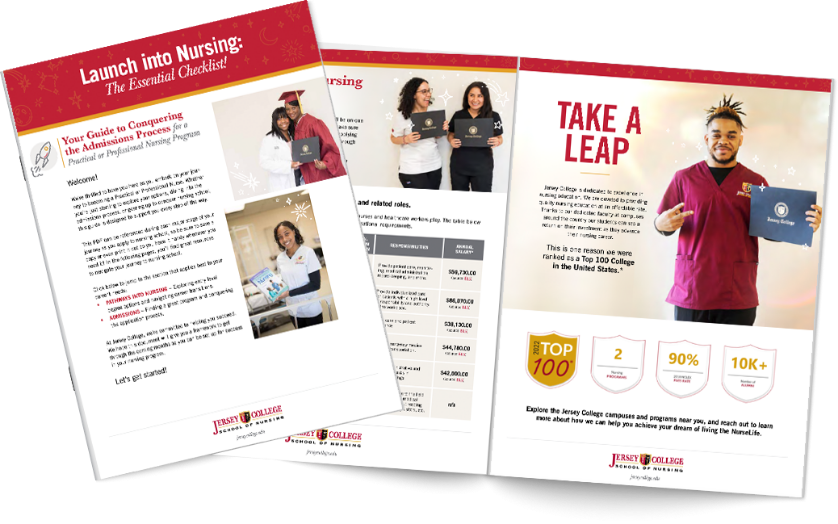
A Closer Look at the LPN-to-RN Bridge Program
What to Expect: Transitioning to the RN Role
It is important to recognize that the LPN-to-RN Bridge program is not a new beginning for LPNs. Instead, it builds upon the skills that LPNs already have, but directs these skills toward broader, or more “holistic,” goals.
To take an example:
- LPNs have been taught and have developed keen observational and physical assessment skills in the clinical setting.
- RNs take these skills and add to them a deeper knowledge of diseases and treatments, allowing them to better understand the condition and care needs of the patient.
The RN, in short, moves from the “what” to the “why” of a patient’s condition and “puts it all together” to make informed decisions about patient care—decisions that improve patient outcomes.
Critical Thinking Skills
The ability to carefully weigh information to make effective decisions requires those much-discussed “critical thinking” skills. Nurses who think critically can assess all the complexities of a patient’s situation—for example, the patient’s signs and symptoms, emotional state, culture, and family history—and use this information to make good clinical judgments. The LPN-to-RN Bridge Program emphasizes critical thinking skills.
For RNs, critical thinking shows up in many different ways on the nursing floor, perhaps nowhere so much as in patient assessment.
- To improve students’ assessment skills, the LPN-to-RN Bridge Program provides intensive courses in pathophysiology, microbiology, and health assessment, which allow RNs to put physical symptoms in a broader context of disease process and, crucially, treatment.
- LPN-to-RN Bridge students are taught to use the “nursing process”—assessment, diagnosis, planning, implementation, and evaluation—to prioritize and initiate care and delegate responsibilities appropriately. To help future RNs master this process, in all its varieties, the Bridge Program emphasizes learning through instructive case studies.
Communication Skills
RNs are also teachers—and for this reason must be effective communicators. They practice “active listening” and “therapeutic communication” to understand patients and give appropriate advice that respects their patients’ physical and emotional situation.
Patient education—including discharge planning—is a major responsibility of RNs. (Only RNs, for example, can initiate discharge planning.) There is therefore an emphasis in the LPN-to-RN Bridge Program on effective communication, patient teaching, and care planning. Coursework in sociology and life-span development prepares students to care for patients—and families—from various cultural traditions.
New Responsibilities and Higher Pay
Once in the workforce, RNs have different responsibilities from LPNs. For one, RNs are more commonly found in supervisory roles. Because RNs are care managers, they must know how to delegate appropriately to other health-care personnel.
There are several other tasks, ranging from hanging IVs to pronouncing deaths, that are performed by RNs and not LPNs.
In addition, RNs are more likely to work in acute care settings (though they also work in sub-acute settings). And while LPNs and RNs work with a lot of different health-care personnel, including physicians, RNs will find themselves more involved with care planning and decision-making as part of a larger health-care team. Because of their knowledge and clinical experience, they have access to a wider variety of jobs.
Finally, because of these greater responsibilities, RNs can expect to make more money than LPNs. According to the U.S. Bureau of Labor Statistics:
- RNs earned an average U.S. salary of $86,070 in 2023, and the average hourly rate was $41.38
- LPNs (or LVNs) earned an average U.S. salary of $59,730 in 2023, or an average hourly rate of $28.72.

FREE Essential Guide to Nursing School: Get Accepted, Survive, and Thrive!
Getting Started in the Bridge Program
Graduates of Jersey College’s LPN-to-RN Bridge program will have expanded their base of knowledge about disease processes, treatments, and the provision of nursing care. We always keep in mind that this knowledge is practical. It is in the service of a goal: To become self-reflective practitioners who plan, implement, and evaluate effective patient care.
As of September 2024, the LPN to RN Bridge track of the Professional Nursing program is offered at the following campus locations:
- AL - Dothan
- AZ - Mesa
- AZ - Tucson
- FL - Brooksville
- FL - Fort Lauderdale
- FL - Jacksonville
- FL - Largo near St. Petersburg and Clearwater
- FL - Melbourne
- FL - Naples
- FL - Port Charlotte
- FL - Tampa
- NJ - Ewing near Trenton
- NJ - Teterboro near New York City
- PA - Scranton
- PA - York
- TN - Cleveland near Chattanooga
- TN - Knoxville

Sign up to get new articles in your inbox and stay updated on our nursing programs.
Find Your Campus
Based on the success of our programs, we have grown to serve communities in 7 states (and counting!). Find a campus near you to start your NurseLife.

FREE Essential Guide to Nursing School: Get Accepted, Survive, and Thrive!
